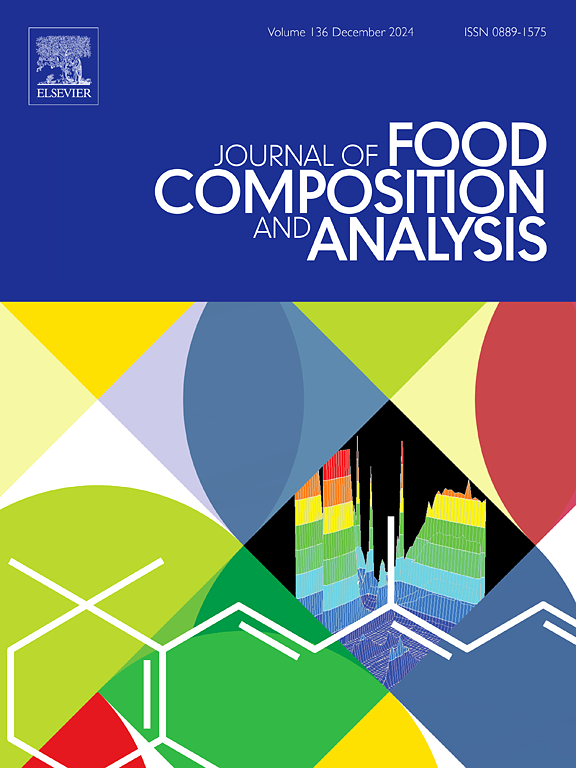A molecularly imprinted electrochemical sensor based on rGO@rGNR modification for zearalenone determination
IF 4
2区 农林科学
Q2 CHEMISTRY, APPLIED
引用次数: 0
Abstract
The research on electrochemical sensors has made great progress in recent years, but they still face challenges in detecting trace harmful substances in complex matrices. In this comprehensive investigation, quasi-one-dimensional reduced graphene nanoribbons (rGNR) and two-dimensional reduced graphene oxide (rGO) were jointly functionalized on the surface of a glassy carbon electrode, yielding a sophisticated three-dimensional rGO@rGNR hybrid material. The intrinsic synergistic effect of the two carbon materials on the structure of rGO@rGNR improved the comparative specific surface area and the total conductivity. Subsequently, by leveraging the specificity of molecularly imprinted polymers (MIP), an electrochemical sensor has been developed to detect zearalenone (ZEA). After fine-tuning the experimental parameters, the sensor exhibited an impressive linear range of 0.5–500 ng·mL–1, a low detection limit of 0.19 ng·mL–1, and outstanding selectivity. Moreover, the recovery rate of ZEA in corn meal samples is good. Compared to previously reported sensors for ZEA detection, this sensor boasts simplicity in operation, economy in cost, exceptional sensitivity, and superior selectivity.
求助全文
约1分钟内获得全文
求助全文
来源期刊

Journal of Food Composition and Analysis
工程技术-食品科技
CiteScore
6.20
自引率
11.60%
发文量
601
审稿时长
53 days
期刊介绍:
The Journal of Food Composition and Analysis publishes manuscripts on scientific aspects of data on the chemical composition of human foods, with particular emphasis on actual data on composition of foods; analytical methods; studies on the manipulation, storage, distribution and use of food composition data; and studies on the statistics, use and distribution of such data and data systems. The Journal''s basis is nutrient composition, with increasing emphasis on bioactive non-nutrient and anti-nutrient components. Papers must provide sufficient description of the food samples, analytical methods, quality control procedures and statistical treatments of the data to permit the end users of the food composition data to evaluate the appropriateness of such data in their projects.
The Journal does not publish papers on: microbiological compounds; sensory quality; aromatics/volatiles in food and wine; essential oils; organoleptic characteristics of food; physical properties; or clinical papers and pharmacology-related papers.
 求助内容:
求助内容: 应助结果提醒方式:
应助结果提醒方式:


